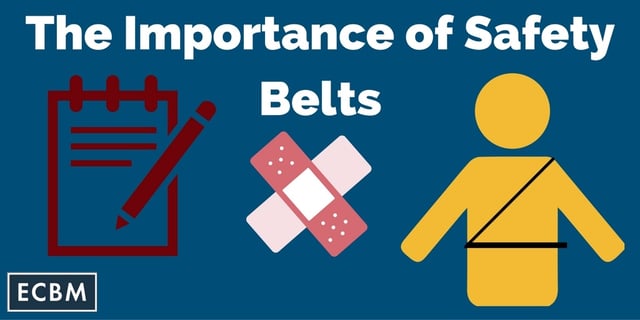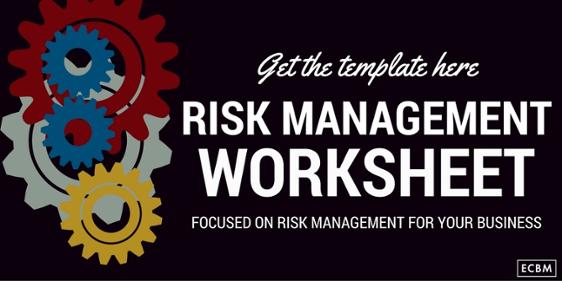
On this day in 1920, Nils Bohlin was born in Härnösand, Sweden. Bohlin invented the 3-point safety belt in 1959. This important innovation, first introduced in Volvo's 1959 product line, has saved an estimated 1 million lives.
Not using a seat belt can be very dangerous. You may have incorrect information or assumptions about seat belts. Consider the following myths and facts regarding seat belts and the consequences of not buckling up.
According to a recent Federal Motor Carrier Safety Administration study, nearly 40 percent of unbelted driver fatalities could be prevented with safety belt use.
Myth: There is no compelling reason to buckle up. If I am in a crash I won’t be ejected.
Fact: Safety belts prevent injuries and fatalities by preventing ejection, shifting crash forces to the strongest parts of the body and over a wider area, slowing the body down gradually, and protecting the head and spinal cord.
Myth: It's better to be thrown clear of the wreckage in the event of a crash.
Fact: An occupant of a vehicle is four times more likely to be fatally injured when thrown from the vehicle.
Myth: Wearing a safety belt is a personal decision and doesn’t affect anyone else.
Fact: In fact, in most states, buckling up is the law. Buckling up protects you and other motorists, as it prevents you from losing control in a crash.
In addition, the consequences of not wearing a safety belt can greatly affect your family. Think for a moment – what would happen to your loved ones if you are killed or seriously injured in a crash as the result of not buckling up?
Myth: Safety belts aren't necessary for low-speed driving.
Fact: In a frontal collision occurring at 30 mph, an unbelted person continues to move forward and hit the windshield at about 30 mph. This is the same velocity as a person falling from the top of a three-story building.
Myth: A safety belt will trap me inside my vehicle. I won’t be able to get out if the vehicle catches fire or is submerged in water.
Fact: Your best chance of survival is remaining conscious and in the driver’s seat. Wearing your safety belt greatly reduces your chance of sustaining injuries, and increases your ability to react quickly and appropriately in emergency situations. In rollovers, drivers are 80 percent less likely to die when belted.
Myth: The safety belt restricts my movement.
Fact: Most drivers find that once they correctly adjust the seat, lap and shoulder belt, the discomfort and restrictive movement can be alleviated. If your belt does not fit properly, safety belt extenders are available.
Myth: A lap belt seems to work fine. I feel trapped in the two-part lap and shoulder belts.
Fact: The lap and shoulder safety belt design is proven to hold a driver securely behind the wheel in the event of a crash, greatly increasing the driver’s ability to maintain control of the vehicle and minimizing the chance for serious injury or death. Wearing only a part of the safety belt greatly reduces your protection.
Final Fact:
It is your responsibility to maintain control of your vehicle, to protect yourself and others on the road. We expect you to follow our company’s simple safety belt policy – if you get behind the wheel, buckle up!


